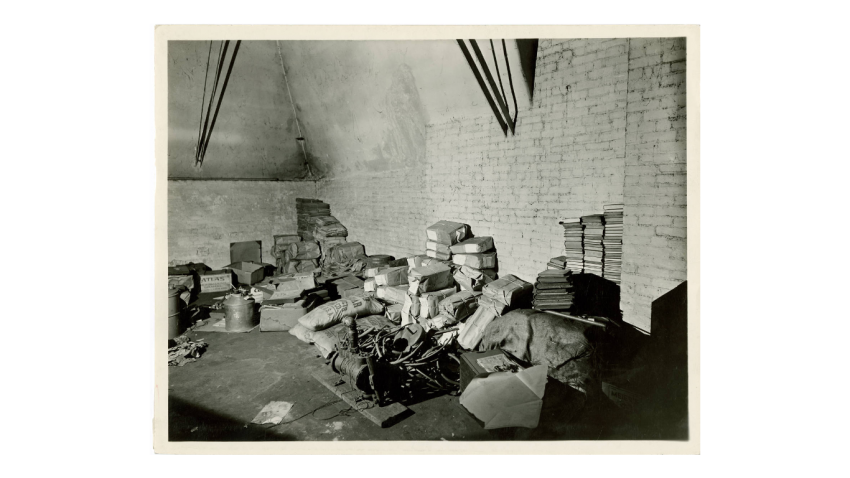
Survey of Federal Archives project (Ohio History Connection)
With the Green New Deal in the news, there is renewed interest in President Franklin Roosevelt’s original New Deal. The New Deal was a series of federal programs meant to combat the major issues of the Depression, including soil loss, stabilizing the banking system, and providing jobs and relief for the unemployed. One of the famous programs of the New Deal was the Works Progress Administration, popularly known as the WPA. The WPA was responsible for constructing many of the significant buildings, roads, and infrastructure that the American public still uses. But the WPA also employed many writers, musicians, playwrights, artists, historians, clerks, and other unemployed white-collar professionals.
One of the most comprehensive, but least known programs to come out of the WPA was the Historical Records Survey. Originally envisioned by American archivist TR Schellenberg, it was expanded into a workable program by Luther Evans, who would go on to become the Librarian of Congress and UNESCO director. The Historical Records Survey had two major programs: a survey of federal records located in offices outside of the Washington DC area, and a survey of state and local records. During its initial operation, the Historical Records Survey was part of the Federal Writers Project, which was known for producing travel guides for 48 states and many large cities, as well as compiling narratives of ex-slaves.
The Historical Records Survey lasted between 1935 and 1943. Its largest achievement was surveying county records – of the 3,066 counties in existence at the time of the survey, fieldwork was completed for 90% of them. WPA workers carried out the field work by going to county courts and administrative agencies to determine what kinds of records existed, where they were located, and a short description of the records. The field work also generated significant information about the history of the states and their counties. In some areas, municipal records surveys were also completed, such as for the city of Cleveland. Although there had been some attempts to survey America’s local and state records before (mainly through the efforts of the American Historical Association’s Public Archives Commission), the WPA Historical Records Survey was a significant advance in trying to establish a comprehensive picture of the overall condition of America’s public records.
Unfortunately like many worthy archival projects, the Historical Records Survey had some significant setbacks. Only 20% of county inventories were published. At least 27 county inventories were published in the state of Ohio, including for major counties such as Cuyahoga, Franklin, Hamilton, Lucas, and Summit. In the guide to the Hamilton County records, the introduction stated there would be a guide issued for every county. Perhaps the suspension of the Historical Records Survey in 1943 ended the publication of these guides. The remaining records from the Historical Records Survey of Ohio can be found at the Ohio History Connection and the Western Reserve Historical Society.
In fact, the fate of the multitude of records generated by the field workers of Historical Records Survey across the country varied wildly. Many of the records ended up in universities and state and local historical societies. But in some cases, they did not and in fact met a fairly tragic fate – when archivist and National Archives employee Leonard Rapport went searching for Maine’s Historical Records Survey field records in the 1970s, he eventually found that they had been dumped into a bay.
If you would like to learn more about the Historical Records Survey, I recommend Loretta Hefner’s 1980 guide to the unpublished records of the Historical Records Survey, and Sargent Child and Dorothy Holmes’ inventory of publications associated with the Survey (Z1223.Z7 C52, ARB Reference). For additional study, Marguerite Bloxom’s guide Pickaxe and Pencil contains an extensive bibliography arranged by WPA program.
 With one glance at the current news in Venezuela, horror ensues as you witness the atrocities that Venezuelans are enduring on a daily basis. Corrupt politicians, hyperinflation, big oil, blackouts and a lack of access to food, water, and other necessities are just the beginning. In one of my Spanish courses, our professor had us pull newspaper articles about the conflict and one particular article still comes to mind: “In Venezuela, Cooking With Firewood as Currency Collapses” (https://www.nytimes.com/2017/09/02/world/americas/venezuela-nicholas-maduro-inflation-economic-collapse.html?rref=collection%2Ftimestopic%2FVenezuela). Black markets are thriving and charging obscene amounts for items like propane gas, eggs and sugar, which in turn leads to people relying on firewood for heat and food. In this century, it is hard to fathom how quickly a country can collapse and what that means for the citizens. However, the stark reality is that countries can fall in a week if enough corruption, unrest, and poor distribution of wealth exists. Continue reading
With one glance at the current news in Venezuela, horror ensues as you witness the atrocities that Venezuelans are enduring on a daily basis. Corrupt politicians, hyperinflation, big oil, blackouts and a lack of access to food, water, and other necessities are just the beginning. In one of my Spanish courses, our professor had us pull newspaper articles about the conflict and one particular article still comes to mind: “In Venezuela, Cooking With Firewood as Currency Collapses” (https://www.nytimes.com/2017/09/02/world/americas/venezuela-nicholas-maduro-inflation-economic-collapse.html?rref=collection%2Ftimestopic%2FVenezuela). Black markets are thriving and charging obscene amounts for items like propane gas, eggs and sugar, which in turn leads to people relying on firewood for heat and food. In this century, it is hard to fathom how quickly a country can collapse and what that means for the citizens. However, the stark reality is that countries can fall in a week if enough corruption, unrest, and poor distribution of wealth exists. Continue reading 
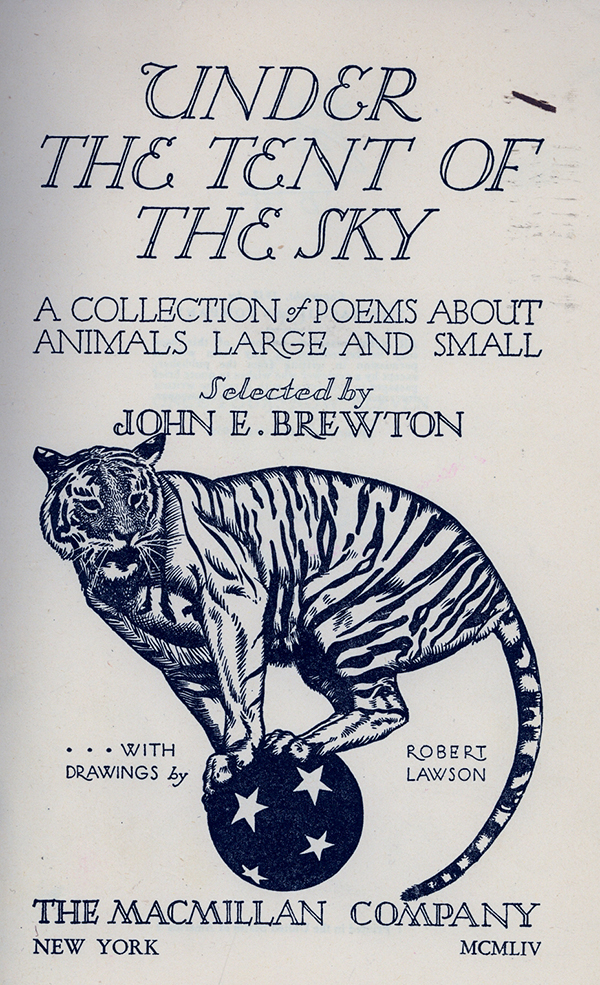
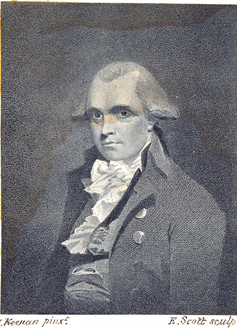
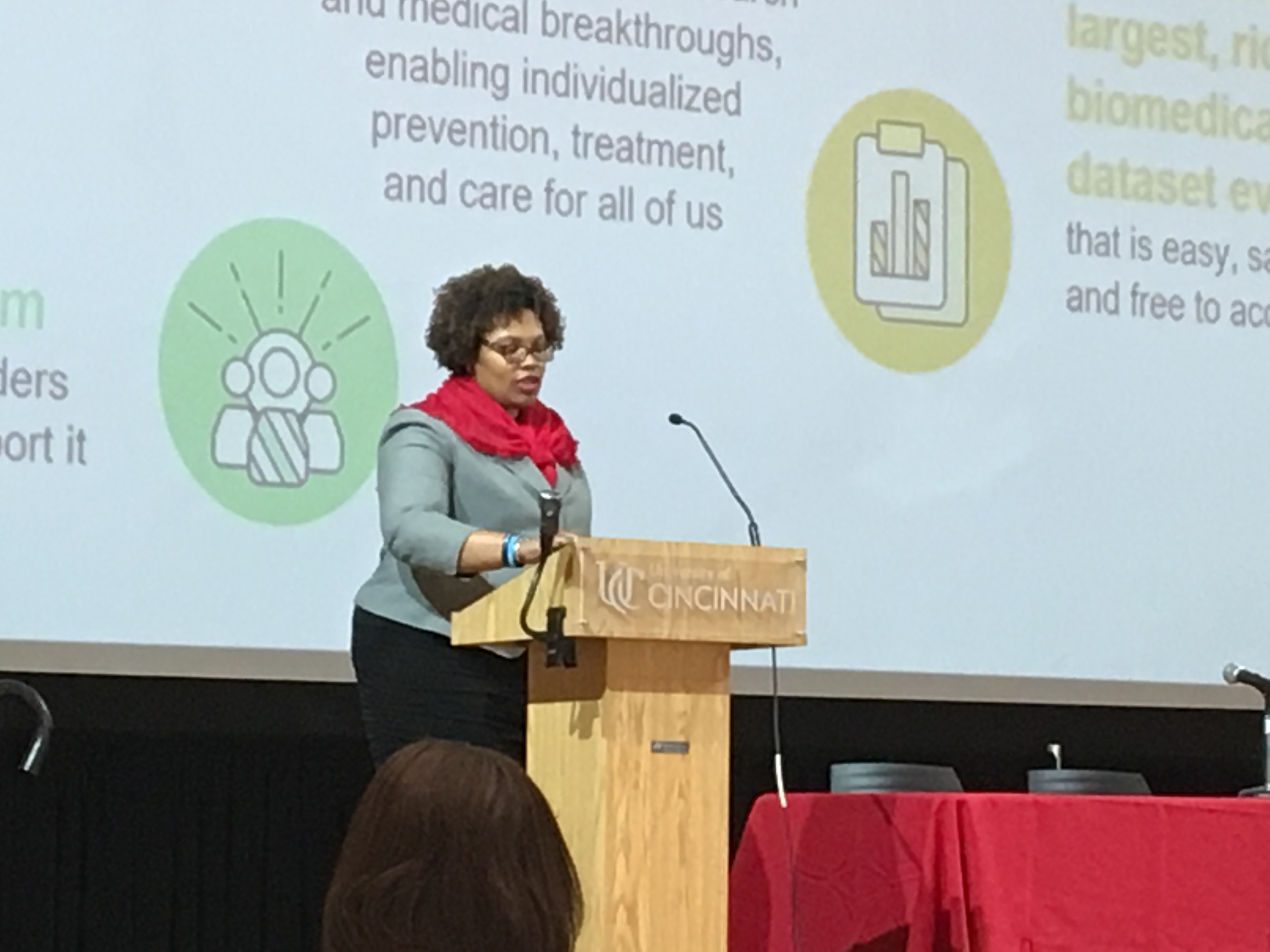
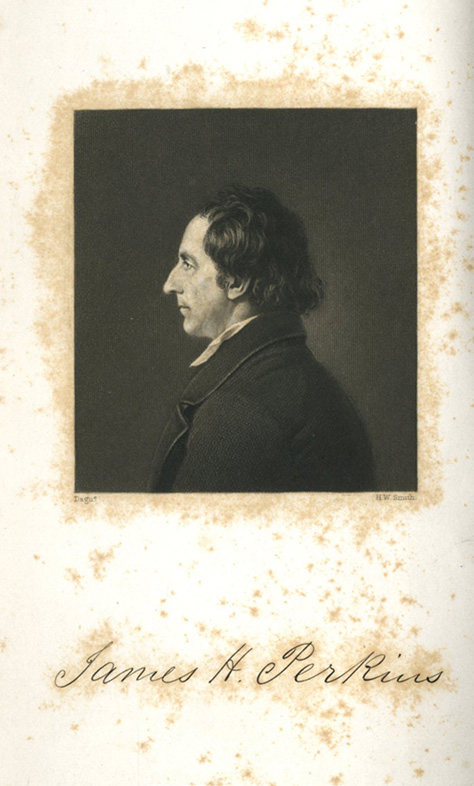

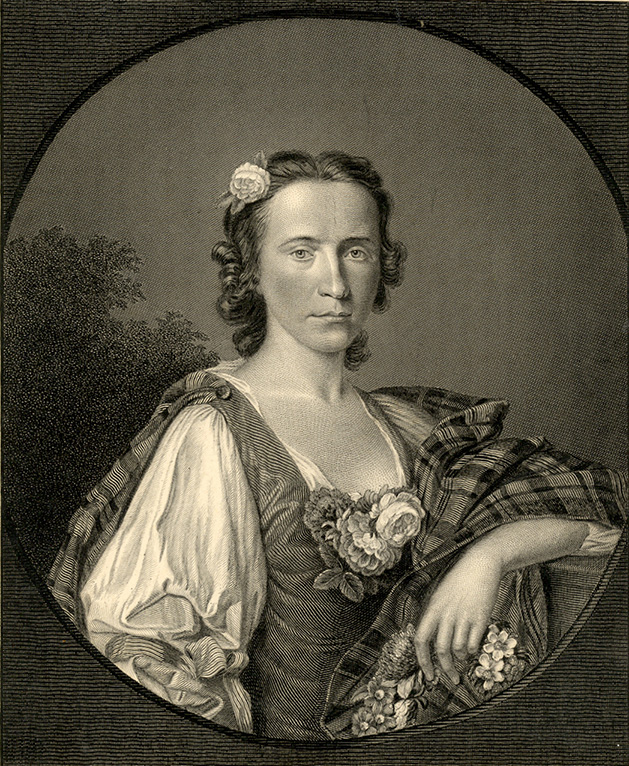


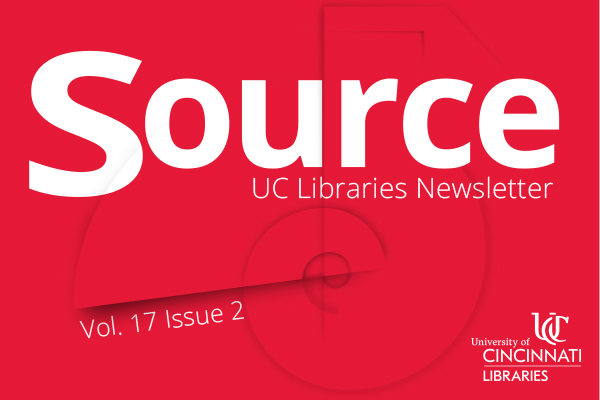 Read Source, the online newsletter, to learn more about the news, events, people and happenings in UC Libraries.
Read Source, the online newsletter, to learn more about the news, events, people and happenings in UC Libraries.